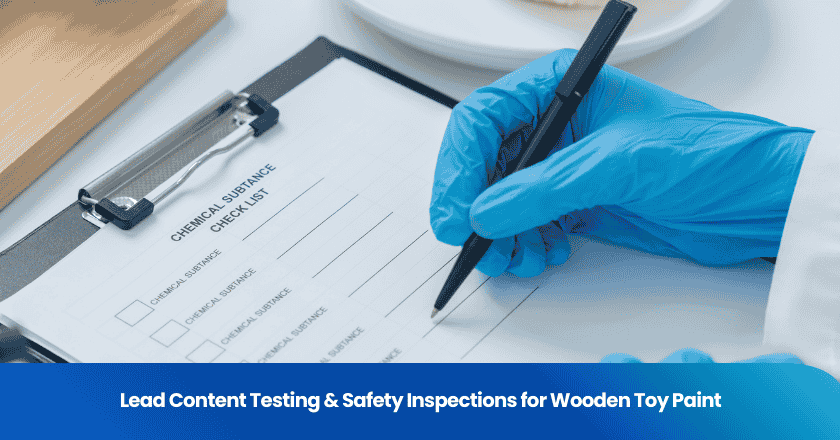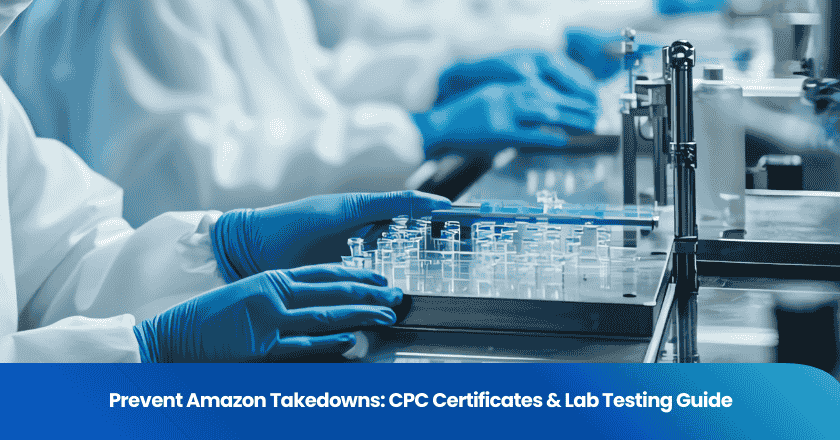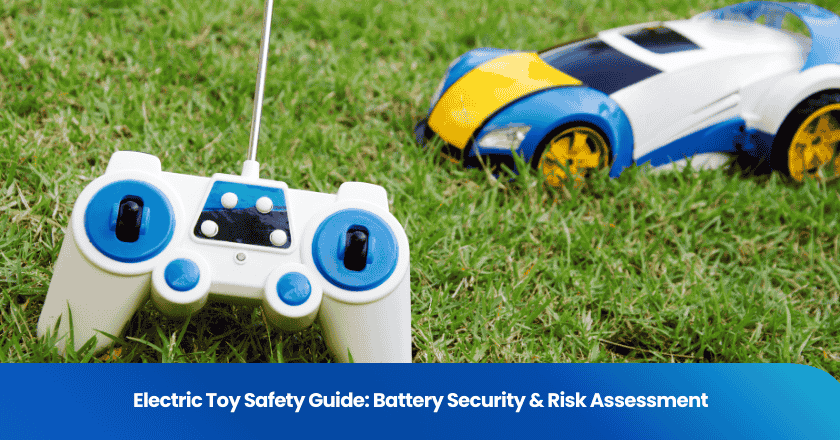
You can improve quality in footwear production by following a clear process. Quality control shoes require you to set strict standards at every step. Reliable materials form the base of durable footwear. Skilled staff play a key role in detecting defects before they leave the manufacturing floor. Regular checks during footwear production help you catch issues early. When you focus on each detail, you reduce defects and raise the overall quality of your footwear. Quick feedback and ongoing learning drive progress in footwear manufacturing.
Key Takeaways
• Set clear and measurable quality standards to guide every step of shoe production.
• Choose reliable materials and suppliers, and inspect materials regularly to prevent defects.
• Perform quality checks at each stage of production to catch problems early and fix them quickly.
• Train your staff well and provide clear guidelines to maintain consistent quality.
• Use standardized tests and final inspections to ensure shoes meet quality before shipping.
Quality Control Shoes
Set Standards
You need to start by setting clear standards for quality control shoes. Define what makes a shoe high quality. Use measurable benchmarks for both materials and finished footwear. For example, you can set limits for color consistency, stitching accuracy, and sole attachment strength. These benchmarks help you judge every pair of footwear during production.
Tip: Write your standards down and share them with your team. This step ensures everyone understands what you expect in footwear production.
You should use aql (Acceptable Quality Limit) to guide your quality inspection process. Aql sampling inspections help you decide how many shoes to check in each batch. This method gives you a fair view of overall quality without checking every single shoe. You can use aql to spot trends and catch problems early in the manufacturing process.
Material Criteria
You must also set strict criteria for materials in footwear production. Choose materials that meet your quality control requirements. Check for durability, flexibility, and appearance. Reliable materials form the base of strong, long-lasting footwear.
Create a checklist for material quality inspection. This list should include tests for color, texture, and strength. You need to inspect materials before they enter the manufacturing line. Early inspection helps you avoid defects in finished footwear.
You should perform regular inspections at every stage of footwear production. This approach lets you catch issues before they become bigger problems. Quality control shoes require you to stay alert and act quickly. When you follow these steps, you raise the quality of your footwear and build trust in your manufacturing process.
Reliable Materials
Supplier Selection
You need to choose suppliers who understand the demands of footwear production. Reliable suppliers help you maintain high quality in every pair of footwear. Start by researching potential suppliers. Look for those with a strong track record in footwear manufacturing. Ask for samples and test them against your quality standards.
Create a checklist for supplier evaluation. Include points such as:
• Material durability
• Consistency in color and texture
• Delivery reliability
• Compliance with safety standards
Note: Building a long-term relationship with your suppliers can improve communication and help you solve problems quickly.
You should visit supplier facilities when possible. This step lets you see their manufacturing process and check if they meet your requirements for footwear production. Reliable suppliers support your goal of producing high-quality footwear.
Consistency Checks
You must check materials regularly to ensure consistency in footwear production. Even the best suppliers can have variations in their products. Set up a routine for inspecting each batch of materials before they enter the manufacturing line.
Check for defects such as uneven color, weak spots, or incorrect thickness. Consistent materials lead to better quality footwear and fewer problems during manufacturing.
Tip: Keep records of all inspections. These records help you spot trends and address issues before they affect your footwear.
Reliable materials form the backbone of successful footwear production. When you focus on supplier selection and consistency checks, you raise the quality of your footwear and strengthen your manufacturing process.
In-Process Quality Control
Stage Inspections
You need to set up inspections at every stage of footwear production. This approach helps you catch defects before they move to the next step. Start with a clear plan for quality inspection. Divide the manufacturing process into key stages, such as cutting, stitching, assembly, and finishing. At each stage, perform quality checks to look for defects like loose threads, uneven seams, or misaligned parts.
A footwear quality control specialist should oversee these inspections. This specialist uses their experience to spot quality defects that others might miss. You can use a checklist for each stage to make sure you do not overlook any issues. For example:
| Stage | Inspection Focus | Common Defects |
|---|---|---|
| Cutting | Material accuracy | Incorrect size, tears |
| Stitching | Seam strength | Loose threads, gaps |
| Assembly | Part alignment | Misplaced soles |
| Finishing | Surface appearance | Scratches, stains |
Tip: Regular monitoring at each stage reduces the risk of critical defects reaching the final product.
Early Defect Detection
You must detect defects as early as possible in footwear production. Early detection saves time and resources. It also prevents quality defects from spreading through the manufacturing line. Use in-process quality control to identify problems like weak stitching, poor bonding, or material flaws.
Train your team to recognize both minor and critical defects. Encourage them to report any issues right away. Quick action helps you fix problems before they affect more footwear. Quality control relies on constant monitoring and fast response.
You should document every quality inspection. Keep records of defects found and actions taken. This data helps you spot patterns and improve your process. Quality checks at each stage support better footwear quality and fewer returns.
Note: Early detection of critical defects protects your reputation and ensures customer satisfaction.
Staff Training & Procedures
Training Programs
You need to invest in training programs for your team. Well-trained staff play a key role in maintaining high quality in footwear production. Start by teaching new employees about your quality standards and inspection methods. Use hands-on workshops to show how to spot defects in footwear. You can also organize regular refresher courses to keep everyone updated on the latest techniques.
A good training program covers these topics:
• Material identification and selection
• Proper use of inspection tools
• Common defects in footwear and how to detect them
• Steps for reporting and correcting issues
Tip: Encourage your team to ask questions during training. Open communication helps everyone understand the importance of quality in footwear manufacturing.
You can use quizzes or practical tests to check your team's understanding. This approach ensures that everyone knows how to maintain high standards throughout the footwear production process.
Clear Guidelines
You must provide clear guidelines for every step in footwear production. Written procedures help your staff follow the correct methods and avoid mistakes. Create easy-to-read manuals or visual guides that show each stage of the process. Place these guides in work areas so your team can refer to them at any time.
A sample guideline table might look like this:
| Step | Action Required | Quality Checkpoint |
|---|---|---|
| Cutting | Measure materials | Check for accuracy |
| Stitching | Align seams | Inspect for strength |
| Assembly | Attach soles | Test for firmness |
When you set clear expectations, your staff can focus on producing high-quality footwear. Regularly review and update your guidelines to match changes in materials or production methods. This practice keeps your team prepared and supports consistent quality in every pair of footwear.
Testing & Final Checks
Standardized Testing
You need to use standardized testing to ensure the quality of your footwear. Standardized tests help you measure how well your footwear performs under real-world conditions. You can use tests for flexibility, abrasion resistance, and water resistance. These tests show if your footwear can handle daily wear and tear.
You should select samples from each batch using the aql method. This approach helps you check enough pairs to spot quality defects without testing every shoe. Aql sampling gives you a fair view of your footwear production. You can catch defects like weak soles or poor stitching before they reach customers.
Tip: Keep a record of all test results. This record helps you track trends and improve your footwear production process.
You must pay special attention to critical defects. These defects can cause safety issues or make the footwear unusable. Standardized testing helps you find these problems early.
Final Inspection
You need to carry out a final inspection before shipping your footwear. This step is called pre-shipment inspections. During this inspection, you check for any remaining defects. You look for issues like loose threads, uneven color, or misaligned parts.
You should use a checklist to guide your inspection. The checklist helps you focus on quality and avoid missing any defects. You must check for both minor and critical defects. If you find quality defects, you should fix them before the footwear leaves your facility.
Pre-shipment inspections help you deliver high-quality footwear to your customers. You reduce returns and build trust in your footwear production. Regular final inspections keep your quality standards high and protect your reputation.
Feedback & Improvement
Customer Input
You need to collect feedback from customers and retailers to improve your footwear. Start by using surveys and online reviews. Ask customers about comfort, fit, and durability. Retailers can tell you about common defects they see in returned footwear. You should also check social media for comments about your products.
Create a simple table to organize feedback:
| Source | Issue Reported | Frequency | Action Taken |
|---|---|---|---|
| Customer | Loose stitching | High | Review process |
| Retailer | Sole separation | Medium | Inspect glue |
You can use this information to spot patterns. If you see the same defects often, you know where to focus your efforts. Feedback helps you understand what customers expect from your footwear. It also shows you which defects hurt your reputation the most.
Tip: Respond to customer concerns quickly. This shows you care about quality and want to improve your footwear production.
Process Updates
You must review your quality control process often. Regular production monitoring helps you find weak points in your system. Set up a schedule for process reviews. Use the data from customer feedback and in-house inspections to guide your updates.
Follow these steps for continuous improvement:
1. Analyze defect reports from all stages of footwear production.
2. Meet with your team to discuss solutions.
3. Update inspection checklists to target new defects.
4. Train staff on any changes in procedures.
You should keep records of every process update. This helps you track progress and measure results. Continuous improvement keeps your footwear ahead of defects and raises your quality standards.
Note: Ongoing monitoring and process updates protect your business from recurring defects and support long-term success.
You can improve footwear quality by following each step in this guide. Set clear standards and inspect materials to prevent defects. Train your team to spot defects early in footwear production. Use in-process checks to catch defects before they spread. Test finished footwear and perform final inspections to find any remaining defects. Collect feedback and update your process to reduce defects. Regular reviews help you adapt and keep defects out of your footwear. Stay focused on these steps to see fewer defects and better footwear results.
FAQ
What is the most important step in shoe quality control?
You should set clear and measurable standards first. These standards guide every other step in the process and help you maintain consistent quality.
How often should you inspect materials during production?
You need to inspect every new batch of materials. Regular checks help you catch defects early and prevent problems in finished shoes.

Smart Sourcing & Quality Assurance Content Team
Article by Smart Sourcing & Quality Assurance Content Team
The Smart Sourcing & Quality Assurance Content Team is dedicated to delivering high-quality, easy-to-understand information that empowers our audience to navigate the complexities of global sourcing and quality assurance. Our team of writers has extensive experience in creating content across various fields, including procurement, supply chain management, quality assurance, market trends, and industry best practices. We specialize in sectors such as apparel, textiles, and consumer goods, providing targeted insights to help businesses in these industries optimize their sourcing strategies, ensure product quality, and maintain a competitive edge in the market.
Grow your business with TradeAider Service
Click the button below to directly enter the TradeAider Service System. The simple steps from booking and payment to receiving reports are easy to operate.



